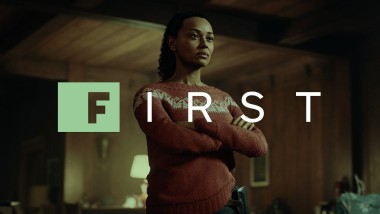Alan Wake 2: Exclusive Hands-On Preview - IGN First - IGN angielski
For this month’s IGN First, I visited Remedy’s studio in Finland to play Alan Wake 2. Across more than an hour of play I experienced the entirety of Local Girl, the third chapter of Saga’s story. Within it, I saw plenty of things that will make long-term Alan Wake devotees happy. Manuscripts still litter the world, as do blue thermos flasks. There are generators to power up, and your shadow-burning flashlight is still a fundamental part of combat. A pair of ageing rock stars make a very welcome return. But the shift from nightmare horror to grisly detective thriller on Saga’s side of the story is the first sign of the bold, sweeping changes that Remedy has made in its long-awaited sequel.
(OP: Possible Spoilers)
...
If the opening walk through Watery presents an air of Silent Hill, then this later approach positions Alan Wake 2 close to Resident Evil, which has long used its police stations and villages in a similar manner. That relationship is further emphasised by the abundance of puzzles. As I get closer to Coffee World I stumble across a number of containers, each locked by a brain teaser with a difficulty level that scales in correlation with the rewards inside. I find a basic supply chest that’s protected by a simple memory mini-game, but later discover a lockbox containing a powerful crossbow. Cracking it requires a close study of the surrounding environment, as the bolts embedded in the nearby targets are clues to the padlock’s combination. I appreciate this more involved and ambiguous approach over Resident Evil’s tradition of using an unusual item as a key, although that design does still make an appearance later in the chapter.
...
As I explore Watery, I gather an increasing pile of clues and evidence. Saga does not automatically make sense of these clues; instead, they must be deciphered in the Mind Place, a mental representation of an FBI office in Saga’s head. Here you can profile people that you’ve met to learn more about them and arrange clues on a case board to make connections and unlock new mission objectives. In the most simplistic terms, this is a ‘match the right card to the right location’ puzzle. Evidence that explains a person’s motive goes in the motive section of the board, for example, and cannot be placed anywhere else.

Dodaj komentarz